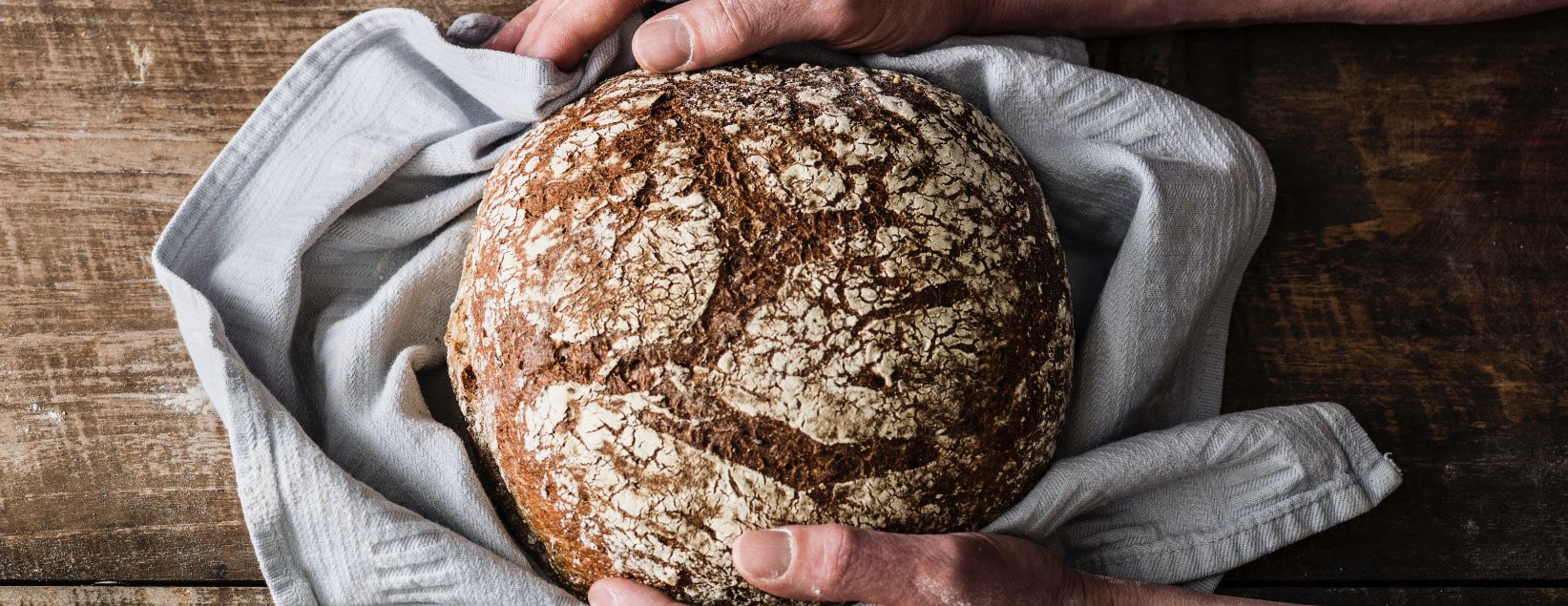In the Netherlands, the Meal and Bread Commodities Act Decree (July 2020 version) determines whether bread is white, brown or wholemeal. This designation has nothing to do with the colour of the bread but relates to the use of flour, meal or wholemeal when making the bread. White bread must be made using meal in which bran is not visible to the naked eye.
Brown bread must be made using meal in which bran is visible to the naked eye. Wholemeal bread must be made using meal in which the naturally occurring starch-rich endosperm, germ and bran of the type of grain concerned are present in their natural proportions, whether or not they have been processed.
This makes it clear to consumers what is the basis of the meal ingredient, regardless of the colour of the bread. The designation white, brown or wholemeal does not apply only to bread made with wheat. So bread made with other grains or several grains is also white, brown or wholemeal.
The Waldkorn® range includes various types of bread (according to the guidelines set out above).
White Waldkorn® breads: Waldkorn® Oat, Waldkorn® Heritage, Waldkorn® Corn, Waldkorn® Trispelti, Waldkorn® Vital.
Wholemeal Waldkorn® breads: Waldkorn® Dark Whole Wheat, Waldkorn® Deluxe, Waldkorn® Ancient Grains.
White, brown or wholemeal, depending on how the baker prepares it: Waldkorn® Classic.
The following Waldkorn® breads are ‘rich in fibre’ (at least 6% fibre per 100 g bread), although they fall into the white bread category: Waldkorn® Classic, Waldkorn® Oat and Waldkorn® Vital.











